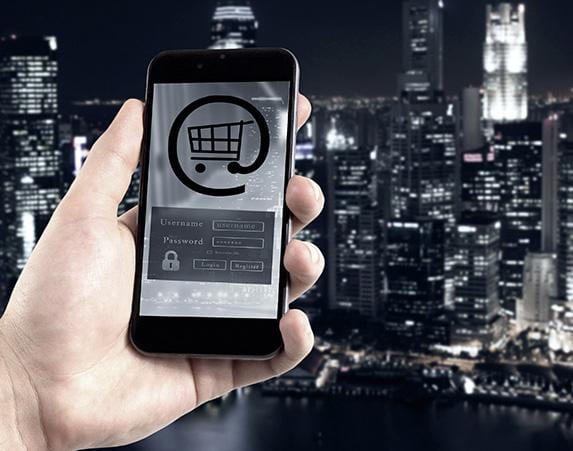The world of the consumer is exponentially heading towards becoming totally mobile. You can buy tickets to movies and other events online and cars are controlled at the push of the phone screen. It is not surprising, then, that the next practice to go mobile is payment! So say goodbye to carrying around that bulky wallet filled with cards and cash: mobile pay is taking over. And here is everything you need to know to jump on the bandwagon.
The History of Mobile Pay
The mobile pay phenomenon first began when service apps like Uber and Lyft required credit card information to automatically pay the drivers. You would input the card information and the app would automatically pay the driver once you got to the destination. Since then, the convenience of mobile pay took off.
Getting Started
Mobile pay is a service available on iPhones, Androids and other smart devices. What you first must do to activate mobile pay is input the card information on your phone. Once you input the card information the company will likely want to verify the addition of the card onto your device either by calling the credit card company or contacting the holder of the card. Verify that yes, you do want to add the card and you will have successfully installed mobile pay onto your device.
Picky, Picky, Picky
Not all retailers and stores have the technology that connects to Mobile Pay. In those cases you will have to resort to swiping a card or paying with cash. The way to tell if a register is compatible with Apple Pay is if there is an icon on the screen facing you that looks like wifi bars sideways and a hand holding a card next to it. Or, many registers have icons specifically for Apple Pay and Android Pay. If you have those devices, you will see the correct indication on the screen.
1, 2, 3, Pay
If a register does have the ability to accept Mobile Pay, then you are able to connect the device to the register and pay without having to open your wallet. How you connect to the scanner is different depending on which smartphone you have. If you have an iPhone, you need to open the Wallet app and scan your fingerprint while directing the device at the scanner on the register. While it may take more time due to the finger scan, it is beneficial to ensure security and prevent unintentional payments. Android Pay works a little differently. Simply unlock the phone and tap it to the scanner and the payment will be made. It requires less steps and is less hassle when compared to Apple Pay.
Paying Back Made Easy
Mobile Pay goes beyond the scan of a credit card. There are now applications that enable transactions of cash from bank account to bank account. Venmo is a free app run by PayPal that enables peers to send mobile payments to one another through the money you have on the app or through a connected bank account. Through using data encryption and bank verification, the app securely enables peers to pay each other back for food, rides, etc.
Another popular Mobile Pay app that can be added to any device is Google Wallet. Google Wallet can be accessed with a Google account either online or through the mobile app. Not only can credit/debit cards be added to the wallet but also gift cards and store credit. It also allows merchants to send users loyalty promotions and discount offers. Google Wallet has recently been FDIC-insured, meaning the funds and information that go through the app are under the same protection held by banks. This version of Mobile Pay enables peers to request and pay each other so you never have to owe anyone money for an extended period of time.
Mobile Pay has made paying for goods/services and paying friends back as easy as pressing a button, because it is. So throw out that wallet and start paying mobile!












Leave A Comment